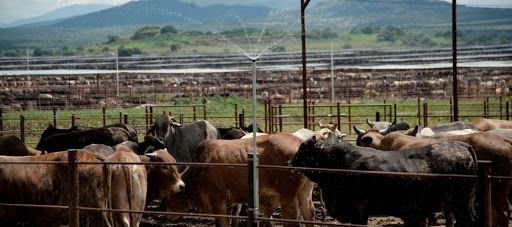Mexican exports of boneless, fresh or refrigerated beef totaled 836.3 million dollars in 2020, a year-on-year increase of 9.2 percent.
Although Mexico is a prominent importer of these products, it has also maintained a growing trend in foreign sales of these products, according to data from the Ministry of the Economy.
Graphically, exports of this type of beef stood at 592 million dollars in 2017, the following year they rose to 650 million and amounted to 766 million in 2019.
In summary, the production segment raises cattle for the slaughterhouse and the processing segment in the United States slaughters cattle and packs meat to deliver to customers.
Thus, beef processors seek to obtain livestock through multiple methods, including spot market purchases and a variety of contractual arrangements.
According to the National Beef Packing Company, livestock owners bear the cost of feeding livestock the proper market weights and have direct financial exposure to the volatility of the costs of grains and other inputs.
Processors are primarily «distribution» operators, making a markup between the price they get for their products and the cost of acquiring and processing the cattle.
Beef
The domestic beef industry is characterized by prices that change daily based on seasonal consumption patterns and the overall supply and demand for beef and other proteins in the United States and abroad.
In general, the demand for beef products by domestic and global consumers determines the long-term demand for livestock from beef processors.
To operate profitably, meat processors seek to acquire livestock at the lowest possible cost and minimize processing costs by optimizing plant utilization and minimizing the cost of packaging and other input costs.
Livestock prices vary by season and are affected by livestock inventory levels, weather, and other factors.
In addition to seasonal factors, livestock prices are affected by the long-term nature of the livestock cycle.
Livestock supply in the beef industry typically follows a 10 to 12 year cycle, consisting of approximately six to seven years of expansion followed by one to two years of consolidation and three to four years of contraction.
This cycle is unique to livestock among the main sources of protein, as other animals (such as pigs and chickens) can generate multiple offspring and have shorter incubation periods.
Other Mexican exports of boneless, fresh or chilled beef last year were sold in Canada ($ 30 million) and Japan ($ 24 million).
![]()

